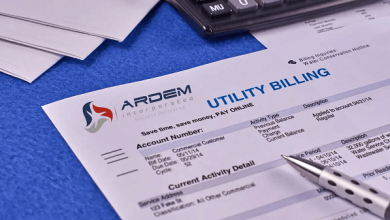How Incubator Art Funds Work
If you’ve been considering investing in art, well, join the club. It’s now well known that such investments, once perceived as the province of the rich and famous, are more accessible than one might think, and are a good way to diversify portfolios. Such investments can also yield nice returns – on par with bonds – especially over the long haul. What’s more, such investments are largely independent of the stock market and can protect against inflation. In fact, the $64 billion art market outperformed the stock market in 2018.
You likely have also heard about art funds as a means of breaking into the market. Such funds seek to generate returns through buying and selling works of art. But have you heard of incubator art funds? Well, let’s look at those. Here’s how art funds work – and more.
What is an Art Fund?
As we say, such entities are privately offered funds that aim to produce returns through the acquisition, holding, and disposition of art. Art funds are managed, for a fee, by a firm that also gets a portion of any returns the fund delivers.
The fund decides art selection and strategy, including when to sell. This means that you, the investor, need not concern yourself with any of that.
Note that, beyond that, every fund is different, in terms of size, strategy, duration, and portfolio restrictions.
How Do Incubator Art Funds Differ from Traditional Art Funds?
The premise is the same: incubator art funds are also art investment vehicles that seek to make money by buying and selling art.
The chief difference between the two is that the incubator does not accept capital from third-party investors – right away. Instead, the incubator will at first use and invest the fund manager’s personal cash. During this certain period, the manager works to establish an auditable performance record, then legally uses this track record to peddle the fund to prospective investors.
What are the Benefits and Drawbacks of Incubator Art Funds?
Prospective art fund managers are increasingly drawn to incubator funds due to their structure. By creating an art fund with their own money, an art fund manager can establish a proven track record with no risk to third-party investors. So, no headaches along those lines. Also, because investors aren’t initially involved, there are few legal costs associated with opening an art fund.
On the other hand, the fund manager is risking their capital and is not paid any management fees, to boot. Because art funds in general are long-term endeavors, an incubator must operate for several years before achieving a sufficient performance record.
Also, because most incubator art fund managers aren’t willing to put every dime they have into the fund, which would allow the fund to fulfill ideal investment strategies, such funds aren’t always all they can be.
How are Incubator Art Funds Created?
The first step is to simply form the fund. If the fund is structured as a limited partnership, there will also be a general partner. Then, requisite legal paperwork is drawn up, and the fund starts buying and selling works of art and developing a track record.
After having their results to date audited by an accountant, the fund manager will begin disseminating ensuing documents — including the private placement memo — and audited financial statements, to potential investors.
Now that you know how incubator art funds work, you can pursue investments of your own. The alternative investment platform Yieldstreet, for instance, offers an art fund through which you can generate passive, secondary income. It’s a good way to gain income outside of traditional public markets.












